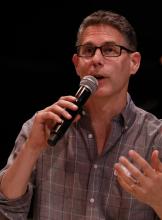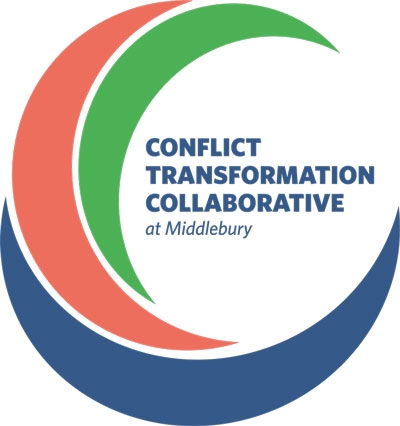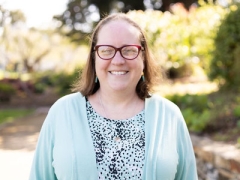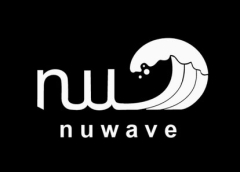The Kathryn Wasserman Davis Collaborative in Conflict Transformation (‘Conflict Transformation Collaborative’) is an integrated hub focused on engaging faculty, staff, students, and community partners around conflict and change in diverse contexts, cultures, and communities.
In collaboration with internal and external partners, we seek to foster individuals’ and groups’ knowledge about conflict vis a vis change; skills to engage productively with conflict and change; and dispositions that promote meaningful relationships and ethical action across communities. We explore the interconnectedness of conflict and change at every scale (macro, meso, micro, and me-cro). And we center our practice on both proactive and responsive approaches, selected with keen sensitivity to individual, interpersonal, institutional, and global dynamics.
The Collaborative includes high school, undergraduate, and graduate education; faculty and staff professional development; pure, applied, and community-engaged research; and university-community partnerships related to a range of pressing social issues. We engage in this work through cohorts, communities of practice, interdisciplinary engagement, and experiential learning. Core to our collective approach is reflective practice, iteration, and collaboration.






